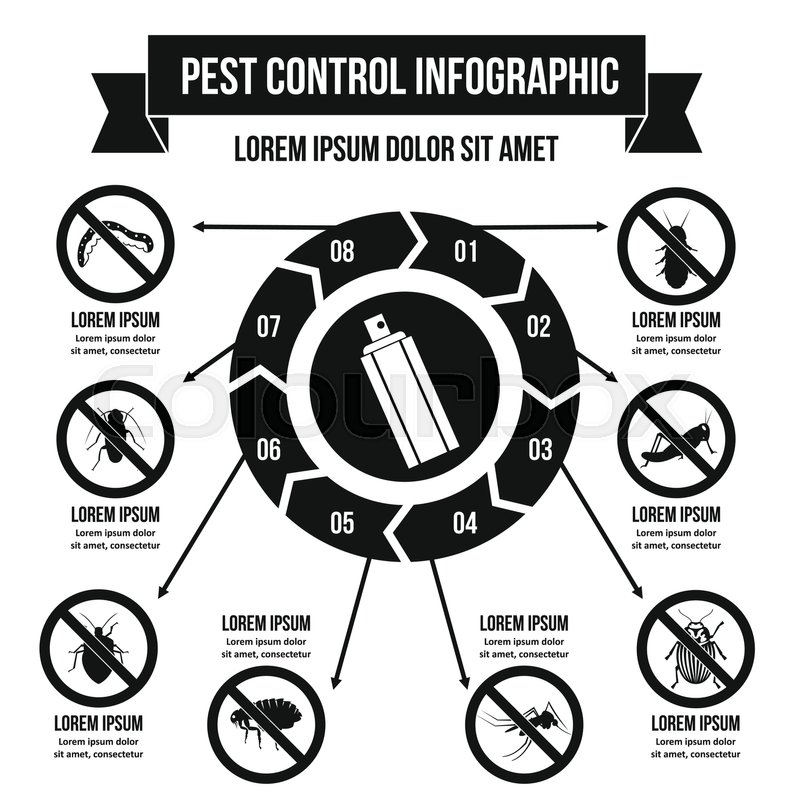Gaining Understanding On Just How Rodents Act Is Vital For Properly Controlling Insect Infestations. Professionals Offer Beneficial Insights On This Issue
Gaining Understanding On Just How Rodents Act Is Vital For Properly Controlling Insect Infestations. Professionals Offer Beneficial Insights On This Issue
Blog Article
Post Written By-Gravgaard McNamara
Envision having the ability to expect the actions of your opponents in a game of chess, constantly remaining one step ahead.
In the world of insect control, comprehending rodent actions is like having that strategic benefit. By gaining expert insights into the nesting behaviors, feeding patterns, and communication and social habits of rats, you can effectively combat these pesky creatures.
Yet just how exactly do rats act, and why is it crucial to recognize? In this conversation, we will unwind the mysteries of rodent actions, offering you with beneficial understanding that will certainly aid you remain in advance in the fight versus insects.
Are best ant colony killer prepared to uncover the secrets of these shrewd animals?
Nesting Behaviors
To understand rodent behavior and efficiently control bugs, it is necessary to acquire insight into their nesting practices.
Rodents, such as computer mice and rats, have a natural impulse to locate shelter and create nests where they really feel secure and safe. These nests function as their homes, breeding premises, and storage areas for food. Comprehending their nesting behaviors can aid you recognize possible locations of invasion and carry out targeted control procedures.
Rodents commonly favor nesting in dark, private spaces, such as attic rooms, cellars, crawl spaces, and wall surface gaps. They use materials like shredded paper, textile, insulation, and even chewed-up electric wires to build their nests.
Feeding Patterns
Rats exhibit unique feeding patterns that play a critical role in their behavior and can inform efficient insect control techniques. Comprehending these patterns is essential for carrying out successful bug control steps.
Rats are opportunistic feeders, suggesting they'll take in whatever food is easily available. They like high-calorie foods such as grains, nuts, and seeds. This is why appropriate storage of food and waste monitoring are essential in preventing rodent infestations.
Furthermore, rodents are nocturnal, which implies they're most active during the evening when they look for food. By knowing Recommended Studying feeding patterns, you can strategically position traps and baits to optimize their performance.
Keeping food resources unattainable and keeping a clean setting can assist prevent rats and reduce the threat of problem.
Interaction and Social Actions
Comprehending how rodents interact and communicate socially is crucial for reliable parasite control methods. Rats, like mice and rats, have complex interaction systems that they use to convey info to each other and coordinate their tasks. Here are 3 essential aspects of rodent communication and social behavior:
1. Vocalizations: Rats generate a wide variety of vocal noises, including squeaks, tweets, and chattering, to interact with each other. These vocalizations can communicate different messages, such as danger cautions or mating phone calls.
2. Scent marking: Rats utilize scent glands to leave chemical signals on things and in their environment. These scent marks work as territorial limits and connect details regarding reproductive condition, dominance, and social association.
3. Social hierarchy: Rats have a hierarchical social structure, with dominant people having access to resources and chosen nesting sites. Comprehending this power structure is very important for targeting bug control initiatives and determining essential individuals for elimination.
Final thought
So, there you have it - a quick glimpse into the interesting world of rodent habits. By comprehending their nesting routines, feeding patterns, and communication, we can better take on the concern of insect control.
Did you know that a female mouse can produce as much as 10 trashes annually, with each litter containing around 5-6 pups? This unbelievable statistic highlights the importance of punctual and effective insect management to stop rodent populations from spiraling uncontrollable.
